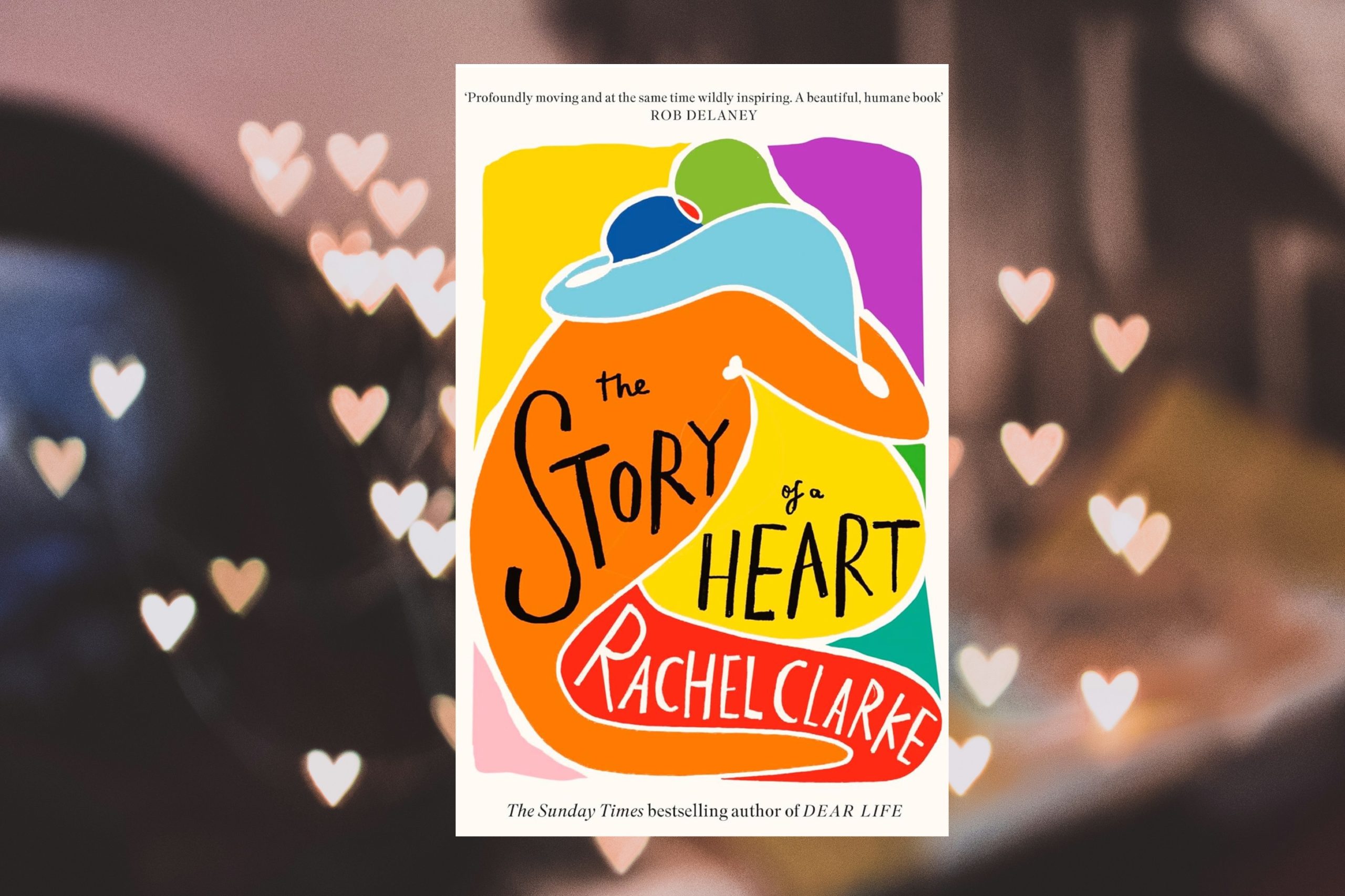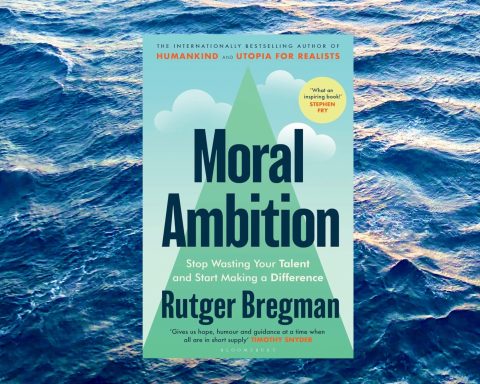 Trisha Greenhalgh is professor of primary care at the University of Oxford. She is on X.
Trisha Greenhalgh is professor of primary care at the University of Oxford. She is on X.
In summer 2016, nine-year-old Max developed serious heart problems. On 30th July 2017, nine-year-old Keira died in a car accident. Rachel Clarke tells the story of Keira’s heart, which beats on today in Max’s body.
It is, of course, a tragic story. A beautiful, vivacious, perfectly healthy and adored daughter and sister is in the wrong place—a known accident black spot—at the wrong time. Fatally wounded and likely brain dead, she is transported by road to a nearby hospital as she is too sick to travel farther. Her mother and brother, with multiple fractures and internal injuries respectively, are airlifted to a regional trauma centre; her two sisters, miraculously, were away at a sleepover. Keira’s father, away on a motorcycling weekend, learns the news when he stops for fuel and makes a desperate, sickening pilgrimage across country to begin reuniting his broken family.
It is also a hopeful story. We follow Max’s progressive decline from energetic schoolboy to pallid invalid as a (presumed) virus wreaks havoc with his myocardium. He is unable to concentrate or play. He becomes terrifyingly thin. After many months, he lies prisoner in his hospital bed, the functions of his heart taken over by a machine. Max’s brother, old enough to understand the grim prognosis, is sick with fear. Max has texted his father to say, “I’m fucked”, and secretly made a video on his phone saying he wants to die. At one stage of peak frustration, he tries to sabotage the vital tubing that is keeping him alive.
While children with end-stage heart disease are rare, child heart donors are even rarer.
It is a story of complex logistics. While children with end-stage heart disease are rare, child heart donors are even rarer. Max’s only chance of long-term survival depends not only on another family’s life-changing tragedy but also on a near-perfect HLA match and close coordination of timing of the donor (‘retrieval’) and recipient (‘transplant’) operations. Thanks to a passing doctor who performed prompt cardiopulmonary resuscitation, Keira’s heart appears undamaged, but once it is removed from her body it will survive only a few hours on ice. Removal of her heart must happen at the last possible moment—after Max’s surgeon has opened his thorax (in a different hospital) and begun to remove the boy’s own bloated and flaccid heart. Once the healthy heart has left Keira, it will be rushed by ambulance to a waiting helicopter, flown to the other end of the country and whisked to where Max’s surgical team are waiting, scrubbed and with scalpels poised.
Not so fast. Keira has been declared brain dead, but this little girl still needs time with her family. The nurses have tenderly brushed her hair; her sisters are chattering to her as they meticulously paint her tiny fingernails. Even though everyone in the family knows the cards, Keira is eerily unblemished and looks very much alive. Her mother, who is still on intensive care, is brought in a wheelchair to hold her hand one last time. Her father goes shopping for a new pink dress for Keira to wear to her own funeral. This family, who are united in their commitment to donate Keira’s organs (“it’s what she would have wanted”), must have as much time as they need to go through these last painful but deeply meaningful rituals.
Eventually, Keira is ready to be wheeled to theatre. Her warm cheeks are kissed one last time. The family are led away. After many hours, their little girl’s body will be returned to them, carefully restored and wearing the new party dress.
Meanwhile, several surgical teams are waiting in theatre, each to harvest a different organ. But first, a short act of reverence: a senior nurse reads some words to remember Keira and commend the family’s generosity. Heads bow. All silently acknowledge that the surgical drama in which they are about to participate has profound moral as well as clinical significance.
And then, to work. Keira’s pale body is daubed in antiseptic. Green towels are clipped in place. Trays of instruments are prepared. Monitors are checked. The surgical teams set about their tasks in an agreed, evidence-based sequence. After a final coordinating phone call between nurses (Max’s surgeons are ready—impatient even), Keira’s surgeon applies the clamp to her aorta and carefully removes her heart.
This is a gripping story of two remarkable families, a remarkable heart and a remarkable organ donor system, faultlessly told.
It is late at night. Keira’s father stands outside the hospital, bearing witness to his sweet, generous daughter’s final act. Four ambulances are lined up to take her organs to different recipients. He watches as the first cool box is loaded up and the ambulance pulls out onto the road. Later, he makes his way back to the side room on the ward where he will help his surviving daughters say a final goodbye to their beloved sister, who is now cold as the clay.
Keira’s heart will soon be Max’s heart. The connections line up, though not without some hiccups. Max’s parents have had an agonising wait. They know he is profoundly sick (likely weeks or even days from death), and that this heart, from an anonymous donor, is his only chance. Minutes turn to hours.
The operation, despite some unforeseen complications, is a success. Finally, finally, Max’s parents receive the message: he has survived; the new heart is in place and beating vigorously. He will be on immunosuppressants for the rest of his life—but he will have a life.
Months later (and unusually, since donor and recipient families do not normally come to know one another’s identities), Max and Keira’s families arrange to meet. Max, now a bounding ten-year-old, pulls up his t-shirt and Kiera’s siblings take turns listening to the lub-dub of their sister’s heart through a stethoscope.
This is a gripping story of two remarkable families, a remarkable heart and a remarkable organ donor system, faultlessly told. There will, I am sure, be a film of the book. More importantly, the story will draw attention to the Organ Donation (Deemed Consent) Law—informally known as Max and Keira’s law—which came into effect in England on 20th May 2020. From that date, if a person has not opted out of organ donation, it is assumed that they have opted in.
Featured book: Rachel Clarke, The story of a heart, Abacus, Published 3 Sept. 2024, Hardcover, 288 pages, ISBN: 978-0349145594 £22
Featured Photo by freestocks on Unsplash






